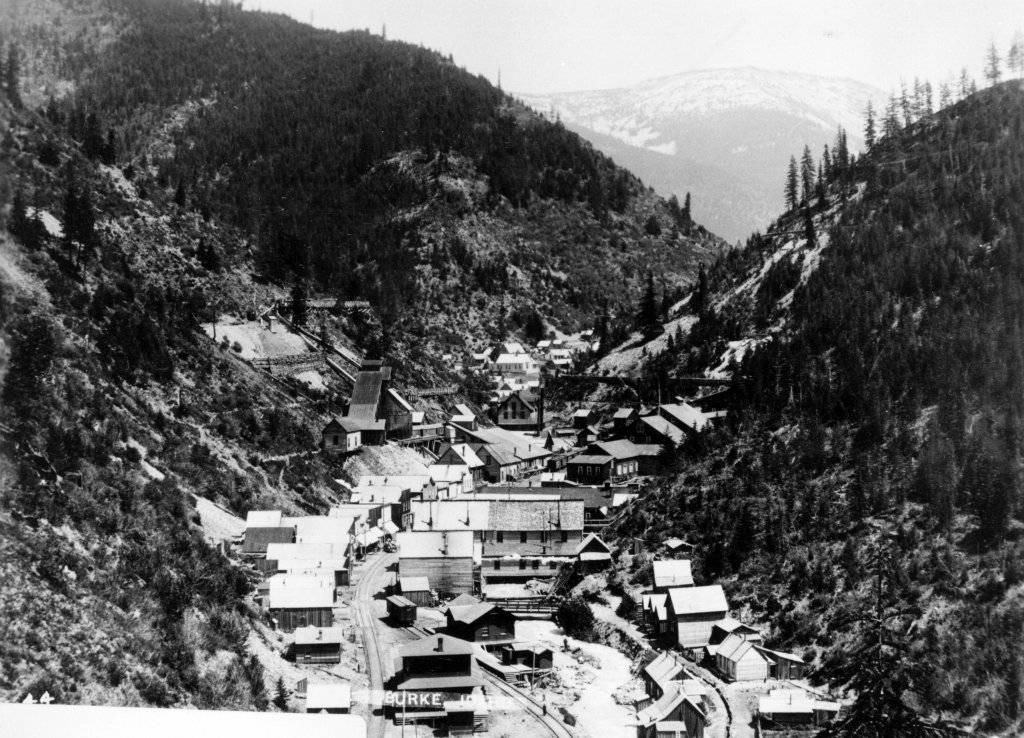College Boom Towns Go Bust: Enrollment Decline's Economic Impact

Table of Contents
The Direct Economic Impact of Fewer Students
The immediate and most noticeable impact of declining enrollment is the reduced spending power within the college town. This has a direct and cascading effect on numerous sectors of the local economy.
Reduced Spending Power
- Decreased spending on housing: Rental vacancies increase, impacting landlords and property management companies. The reduced demand leads to lower rental rates and decreased property values.
- Restaurants, entertainment, and retail suffer: Businesses directly reliant on student spending—from bookstores and coffee shops to bars and pizza places—experience significant revenue loss. This can lead to business closures and job losses.
- Loss of revenue for local services: Businesses providing services like laundry, dry cleaning, and transportation also feel the pinch as student demand diminishes.
The immediate impact is a dramatic reduction in consumer spending, directly affecting the revenue streams of businesses catering to students. This ripple effect can quickly destabilize local economies, leading to a vicious cycle of reduced spending and further business closures.
Decreased Employment Opportunities
Fewer students translate directly into fewer employment opportunities within the college town. This impact spreads beyond on-campus jobs.
- Reduced need for student-focused employment: Campus jobs, part-time roles in local businesses, and internships become scarcer, impacting student employment and the local workforce.
- Impact on related service sectors: Businesses offering childcare, transportation, and other services catering to students experience a decline in demand, resulting in job losses.
- Potential for increased unemployment rates: The combined effect of reduced spending and fewer jobs leads to a potential increase in unemployment rates within the college town, impacting families and the overall economic well-being of the community.
The Indirect Economic Impact: A Wider Ripple Effect
The effects of declining enrollment extend far beyond the immediate reduction in student spending. The indirect consequences create a wider ripple effect impacting various aspects of the town’s economic health.
Diminished Tax Revenue
Reduced student population and economic activity directly translates to lower tax revenue for local governments.
- Decreased property taxes: Lower property values due to reduced demand for student housing lead to a decrease in property tax revenue.
- Reduced sales tax revenue: Decreased consumer spending means less sales tax revenue for the local government.
- Potential budget cuts for local government services: Reduced tax revenue forces local governments to make difficult choices, potentially leading to budget cuts in essential services such as schools, public safety, and infrastructure maintenance.
Decline in the Real Estate Market
The real estate market, often a significant component of a college town's economy, is particularly vulnerable to enrollment decline.
- Reduced demand for student housing: Vacancy rates rise, leading to lower rental income for property owners.
- Decreased property values: The reduced demand and increased vacancies contribute to a decline in property values, impacting homeowners and the overall economic health of the community.
- Potential for foreclosures and abandoned properties: In severe cases, declining property values may lead to foreclosures and abandoned properties, further depressing the market and impacting the town's aesthetics.
- Impact on construction and related industries: The decline in construction projects related to student housing directly impacts employment in these industries.
Brain Drain and Population Decline
As graduates leave for job opportunities elsewhere, the town faces a "brain drain," and an overall population decline exacerbates the economic challenges.
- Graduates leaving town: With limited job prospects, graduates often seek opportunities in larger cities or other regions, leading to a loss of skilled labor and young talent.
- Reduced population leading to a shrinking consumer base: A smaller population directly translates to a smaller consumer base, further reducing demand for goods and services.
- Impact on community vitality and social services: A shrinking population can impact the overall vitality and social fabric of the community, potentially leading to reduced funding for essential social services.
Strategies for Economic Diversification and Resilience
College towns facing enrollment decline need to proactively implement strategies for economic diversification and resilience to ensure long-term prosperity.
Attracting New Industries and Businesses
Diversification away from over-reliance on the student population is crucial.
- Focusing on attracting businesses outside the higher education sector: Targeting industries like technology, healthcare, or advanced manufacturing can create a more robust and diverse economy.
- Developing infrastructure to support diverse industries: Investing in infrastructure improvements, such as high-speed internet access and transportation networks, is essential to attract new businesses.
- Offering tax incentives and business-friendly policies: Creating an attractive business environment through tax breaks and streamlined regulations encourages investment and job creation.
Investing in Workforce Development
Investing in the local workforce ensures the availability of skilled workers for new industries and businesses.
- Providing training and education programs: Offering programs aligned with the needs of emerging industries in the region helps equip residents with in-demand skills.
- Collaborating with local businesses: Partnerships between educational institutions and businesses help tailor training programs to specific workforce needs.
Promoting Tourism and Recreation
Leveraging the town’s unique assets to attract tourists can create a valuable alternative revenue stream.
- Leveraging the town’s unique assets to attract tourists: Highlighting historical sites, natural beauty, or cultural attractions can attract tourism.
- Investing in tourism infrastructure: Improving hotels, restaurants, and recreational facilities enhances the visitor experience and encourages tourism.
Conclusion
The decline in college enrollment presents a significant economic challenge for college boom towns. The impact extends beyond reduced student spending, affecting tax revenue, the real estate market, and the overall vitality of the community. However, by strategically diversifying their economies, investing in workforce development, and promoting tourism, these towns can adapt and build a more resilient future. To ensure long-term prosperity, proactive planning and implementation of these strategies are crucial in navigating the changing landscape of higher education and its effect on college boom towns and their future. Don't let your town become another statistic; actively address the issues presented by enrollment decline and work toward a more sustainable economic future.

Featured Posts
-
 Nyt Mini Crossword March 26 2025 Solutions And Clue Explanations
May 21, 2025
Nyt Mini Crossword March 26 2025 Solutions And Clue Explanations
May 21, 2025 -
 Future Of Abc News Program Uncertain Post Layoffs
May 21, 2025
Future Of Abc News Program Uncertain Post Layoffs
May 21, 2025 -
 Kartels Safety Police Source Details Security Measures In Trinidad And Tobago Newsday
May 21, 2025
Kartels Safety Police Source Details Security Measures In Trinidad And Tobago Newsday
May 21, 2025 -
 D Wave Quantum Qbts Stock Decline Monday A Deep Dive Into The Causes
May 21, 2025
D Wave Quantum Qbts Stock Decline Monday A Deep Dive Into The Causes
May 21, 2025 -
 Succesvol Verkopen Van Abn Amro Kamerbrief Certificaten Tips And Tricks
May 21, 2025
Succesvol Verkopen Van Abn Amro Kamerbrief Certificaten Tips And Tricks
May 21, 2025
Latest Posts
-
 Kathigites Dimotikoy Odeioy Rodoy Synaylia Stin Dimokratiki
May 21, 2025
Kathigites Dimotikoy Odeioy Rodoy Synaylia Stin Dimokratiki
May 21, 2025 -
 Pasxa Kai Protomagia Sto Oropedio Evdomos Programma Ekdromis
May 21, 2025
Pasxa Kai Protomagia Sto Oropedio Evdomos Programma Ekdromis
May 21, 2025 -
 Dimotiko Odeio Rodoy Synaylia Kathigiton Stin Dimokratiki
May 21, 2025
Dimotiko Odeio Rodoy Synaylia Kathigiton Stin Dimokratiki
May 21, 2025 -
 Eksereynontas To Oropedio Evdomos Tin Protomagia
May 21, 2025
Eksereynontas To Oropedio Evdomos Tin Protomagia
May 21, 2025 -
 Synaylia Kathigiton Dimotikoy Odeioy Rodoy Dimokratiki Rodoy Plirofories And Programmatismos
May 21, 2025
Synaylia Kathigiton Dimotikoy Odeioy Rodoy Dimokratiki Rodoy Plirofories And Programmatismos
May 21, 2025
